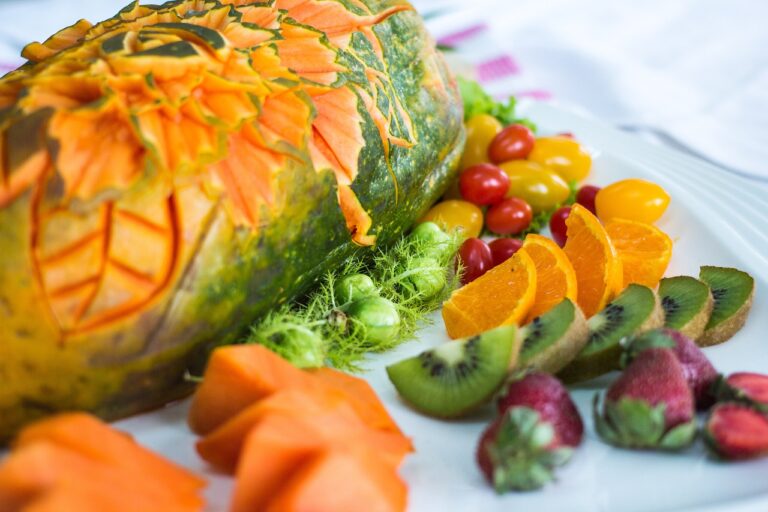Exploring Food Industry Partnerships with Indigenous Healing and Wellness Programs
Indigenous healing and wellness programs encompass a wide array of traditional practices aimed at promoting holistic well-being among Indigenous communities. These programs often blend ancient healing techniques with modern methods to address physical, emotional, and spiritual health. From traditional ceremonies and medicinal plant remedies to counseling services and lifestyle coaching, these programs are designed to support individuals on their healing and wellness journeys.
Rooted deeply in cultural traditions and community support, Indigenous healing and wellness programs prioritize interconnectedness between individuals, nature, and the spiritual realm. The guiding principles of these programs often revolve around balance, harmony, and respect for the natural world. By incorporating these values into their healing practices, participants are encouraged to restore their equilibrium and find strength in their cultural identity.
Traditional Indigenous Food Practices
In many Indigenous communities, food is not just sustenance but also a vital part of cultural identity and holistic well-being. Traditional food practices encompass a deep connection to the land and the belief that food is medicine. These practices often emphasize the use of locally sourced, seasonal ingredients that provide nourishment and healing benefits.
Indigenous food practices often involve sustainable harvesting methods and time-honored cooking techniques that preserve the nutritional value of foods. The emphasis is not just on physical nourishment but also on spiritual and emotional well-being, recognizing the interconnectedness of food, health, and the environment.
Health Benefits of Indigenous Foods
Indigenous foods offer a plethora of health benefits due to their nutritional richness and natural properties. These traditional foods are not only delicious but also packed with essential vitamins, minerals, and antioxidants that support overall well-being. From wild salmon rich in omega-3 fatty acids to nutrient-dense wild rice and medicinal herbs like sage and nettle, Indigenous foods are a treasure trove of health-promoting properties.
The consumption of Indigenous foods has been linked to improved heart health, stronger immune function, and enhanced cognitive performance. Additionally, the diverse range of traditional foods such as buffalo, sweet potatoes, and chia seeds can help lower inflammation in the body and reduce the risk of chronic diseases like diabetes and obesity. By incorporating more Indigenous foods into our diets, we can nourish our bodies with the wisdom of ancient cultures and experience the holistic benefits of these nutrient-rich resources.
What are some examples of traditional Indigenous foods?
Some examples of traditional Indigenous foods include wild rice, bison, salmon, berries, nuts, and root vegetables.
How can traditional Indigenous food practices benefit health?
Traditional Indigenous food practices often involve nutrient-rich, whole foods that can provide numerous health benefits such as improved digestion, immune function, and overall well-being.
Are there specific Indigenous healing and wellness programs available?
Yes, there are various Indigenous healing and wellness programs that focus on incorporating traditional foods and practices to promote physical, mental, and spiritual well-being.
What are some of the health benefits of consuming Indigenous foods?
Consuming Indigenous foods can provide a range of health benefits including increased energy levels, improved heart health, enhanced cognitive function, and reduced inflammation in the body.
How can individuals incorporate Indigenous foods into their diet?
Individuals can incorporate Indigenous foods into their diet by seeking out local sources, experimenting with traditional recipes, and learning about the cultural significance of these foods.







